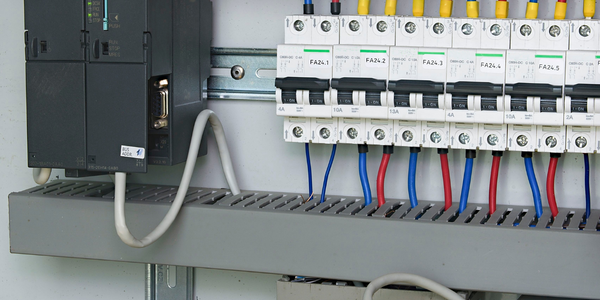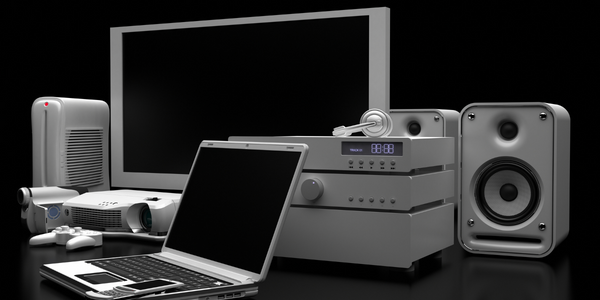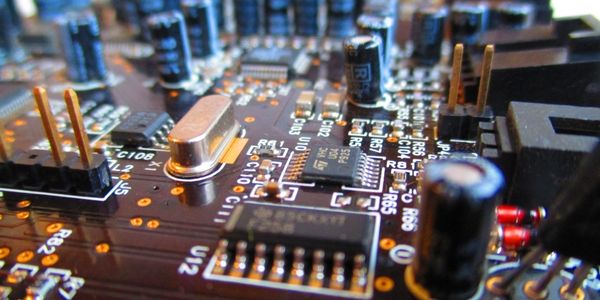Customer Company Size
SME
Region
- America
Country
- United States
Product
- Acumatica Financial Management
- Acumatica Distribution Management
Tech Stack
- Cloud Computing
- ERP Software
Implementation Scale
- Enterprise-wide Deployment
Impact Metrics
- Cost Savings
- Productivity Improvements
Technology Category
- Platform as a Service (PaaS) - Application Development Platforms
Applicable Industries
- Electronics
Applicable Functions
- Discrete Manufacturing
- Sales & Marketing
Use Cases
- Inventory Management
- Supply Chain Visibility
Services
- Cloud Planning, Design & Implementation Services
- System Integration
About The Customer
Soundcast, LLC is a company that develops, manufactures, and sells portable wireless audio devices. The company is headquartered in San Diego, California, but its products are sold throughout the United States and around the world. Soundcast was originally founded in the early 2000s and developed a portable music system. It was spun off as a separate company in 2015. After the spin-off, Soundcast could not continue using its parent company’s ERP software and needed to find a new system that fit its budget. In early 2016, the company implemented Acumatica, a cloud-based ERP solution, and looks forward to growing without paying to add users.
The Challenge
Soundcast, LLC, a company that develops portable wireless audio devices, was spun off from its parent company in 2015. After the split, Soundcast could no longer use its parent company’s ERP software, NetSuite, and needed to find a new system that fit its budget. The company considered continuing with NetSuite, but found it to be too expensive. Soundcast's IT partner, Collins Computing, introduced them to Acumatica, which they found promising from the demonstrations they received. The company needed a system that was similar to the way they used to work with NetSuite, but also fit into their budget.
The Solution
Soundcast decided to implement Acumatica on a SaaS license, with the Financial and Distribution Management Suites. The new system went live in early 2016 and has been customized to provide specific reports. Key factors in their decision to choose Acumatica included price, the licensing model, and the ability to have ownership and customize Acumatica to fit their needs. Acumatica's unlimited user licensing allowed Soundcast the flexibility to add incremental users at their discretion, without the waste and expense of adding entire blocks of users. Another advantage of switching to Acumatica is its flexibility. Unlike NetSuite, which is solely a Cloud service, Acumatica offers Soundcast the option to have ownership of the software and have their own data hosted on their own premise.
Operational Impact
Quantitative Benefit

Case Study missing?
Start adding your own!
Register with your work email and create a new case study profile for your business.
Related Case Studies.

Case Study
Remote Temperature Monitoring of Perishable Goods Saves Money
RMONI was facing temperature monitoring challenges in a cold chain business. A cold chain must be established and maintained to ensure goods have been properly refrigerated during every step of the process, making temperature monitoring a critical business function. Manual registration practice can be very costly, labor intensive and prone to mistakes.

Case Study
Predictive maintenance in Schneider Electric
Schneider Electric Le Vaudreuil factory in France is recognized by the World Economic Forum as one of the world’s top nine most advanced “lighthouse” sites, applying Fourth Industrial Revolution technologies at large scale. It was experiencing machine-health and unplanned downtime issues on a critical machine within their manufacturing process. They were looking for a solution that could easily leverage existing machine data feeds, be used by machine operators without requiring complex setup or extensive training, and with a fast return on investment.

Case Study
Cloud Solution for Energy Management Platform-Schneider Electric
Schneider Electric required a cloud solution for its energy management platform to manage high computational operations, which were essential for catering to client requirements. As the business involves storage and analysis of huge amounts of data, the company also needed a convenient and scalable storage solution to facilitate operations efficiently.

Case Study
Leveraging the IoT to Gain a Competitive Edge in International Competition
Many large manufacturers in and outside Japan are competing for larger market share in the same space, expecting a growing demand for projectors in the areas of entertainment, which requires glamor and strong visual performance as well as digital signage that can attract people’s attention. “It is becoming more and more difficult to differentiate ourselves with stand-alone hardware products,” says Kazuyuki Kitagawa, Director of Service & Support at Panasonic AVC Networks. “In order for Panasonic to grow market share and overall business, it is essential for us to develop solutions that deliver significant added value.” Panasonic believes projection failure and quality deterioration should never happen. This is what and has driven them to make their projectors IoT-enabled. More specifically, Panasonic has developed a system that collects data from projectors, visualizes detailed operational statuses, and predicts issues and address them before failure occurs. Their projectors are embedded with a variety of sensors that measure power supply, voltage, video input/ output signals, intake/exhaust air temperatures, cooling fan operations, and light bulb operating time. These sensors have been used to make the projector more intelligent, automatically suspending operation when the temperature rises excessively, and automatically switching light bulbs. Although this was a great first step, Panasonic projectors were still not equipped with any capability to send the data over a network.









